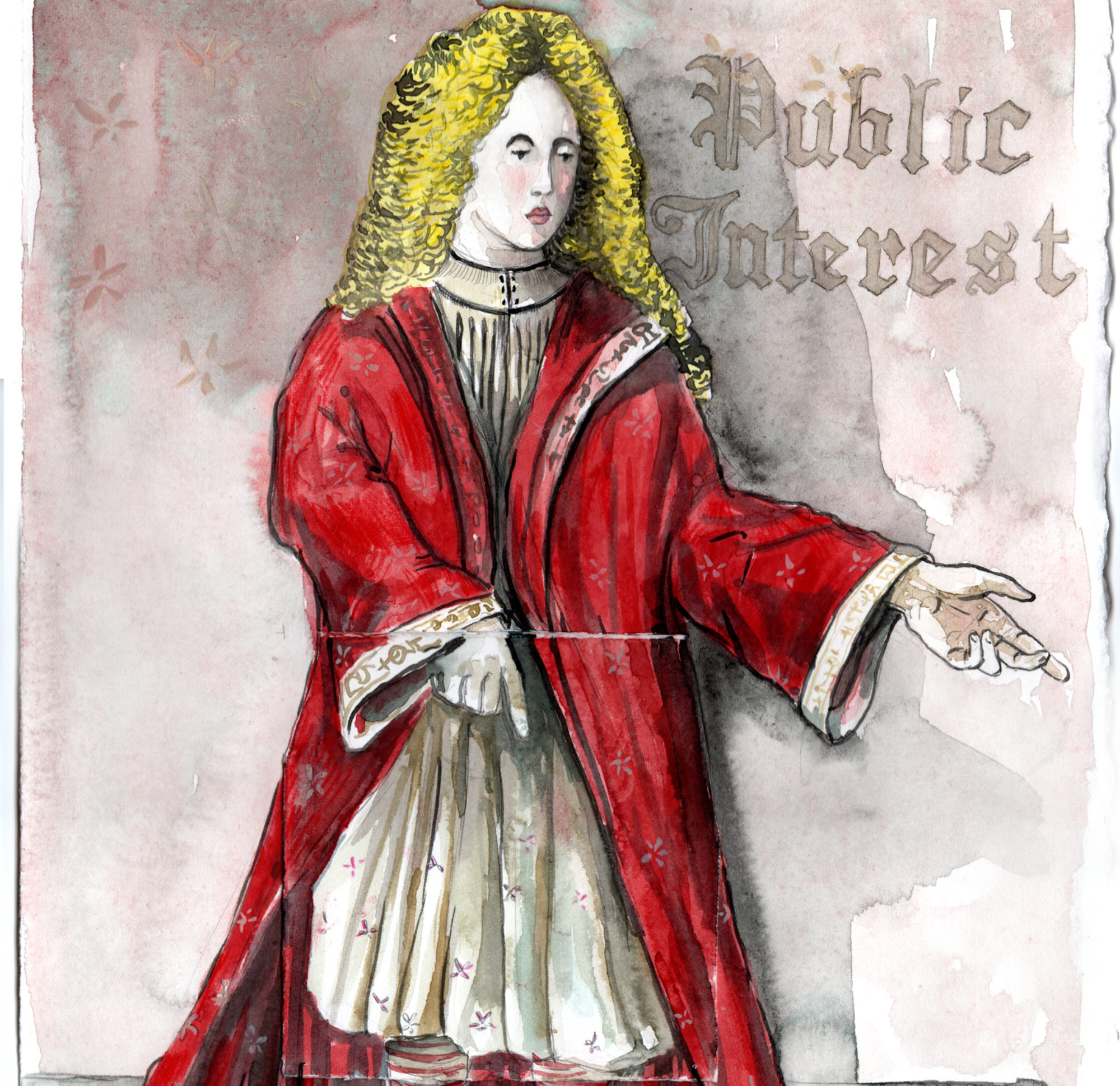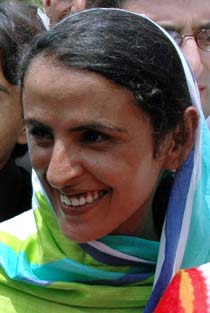In early April, Mukhtar Mai, the Pakistani survivor of a tribal-ordered gang rape who prosecuted her rapists rather than accepting a tradition of suicide after rape, married her bodyguard, Nasir Abbas Gabol.
Scathing condemnations of the marriage came from Pakistani writers, women’s groups, and news outlets. While the circumstances under which she married are troubling, the way that Pakistani media has discussed the Mai and her marriage is equally troubling.
According to AFP, these are the facts: Nine years her junior, Gabol first proposed in 2007. When he was rejected he tried to kill himself with an overdose of sleeping pills. “The morning after he attempted suicide, his wife and parents met my parents but I still refused,” Mai said. Gabol then threatened to divorce his first wife, Shehla Kiran. Panicked at the prospect of enduring the stigma of divorce, Shehla sought to persuade Mai — who was married and divorced before her rape — to consent to becoming a second wife. … On Mai’s insistence, Gabol transferred ownership of his family house to his first wife, agreed to give her a plot of land and a monthly income — all designed to guarantee Shehla’s rights. In exchange, Mai tied the knot. But she has no intention of moving to her husband’s village, away from the hive of activity she has created here with the help of aid money.
These are the facts that the media agrees on. By most accounts, this seems like a measured, deliberate marriage, even if an unwanted one. But reading most media analyses, one would think either that Mai was as giddy as a school girl or a traitor to women’s rights.
The AFP article that I pulled all these facts from also paints Mai as a “gushing” bride who is living the “happily ever after” storyline: “Seven years after her ordeal, she may still be a pariah among illiterate and older women but her transformation from victim to queen of her own destiny is complete since becoming the second wife of Nasir Abbas Gabol.”
This completely contradicts an interview she gave to Mag The Weekly, an online Pakistani magazine, in which she said of Gabol’s proposals:
I knew that Nasir Abbas is a married man with five children. I was concerned about his wife and children and I kept arguing with my family members about the proposal. Then one day, Nasir sent his wife and children to our house. His wife forced me to marry her husband. Her behaviour was very strange to me. My siblings also forced me to accept the proposal. I finally gave up.
What romance! I can’t think of anything better than being coerced into becoming someone’s second wife by his reckless and selfish behavior! The AFP article inappropriately constructs Mai as some sort of Cinderella whose suffering has been rewarded by a knight in shining armor, not as a woman who has made deliberate moves to counter her suitor’s irresponsible threats.
AFP’s article, however falsely glittery, pales in comparison to the Pakistani reception. An article from the Inter Press Service, written by Zofeen Ebrahim, casts Mai in the role of fallen feminist hero.
Ebrahim writes, “Mai, who has fought a valiant, 7-year-old battle against tradition and patriarchy was suddenly no longer a role model and icon.” So now Mai’s feminist card gets revoked? The article makes it seems as if Mai’s hard work prosecuting her rapists has all been washed away with this marriage.
It also discounts the work she is currently doing. According to AFP:
Mai runs three schools — two for girls and one for boys — where around 1,000 children from poor families get an education. She heads a staff of 38, half of them teachers, the rest working in her office and welfare centres. They shelter female victims of violence who trek far and wide to seek refuge with Mai, organise seminars to boost awareness of rights, dispense legal aid and operate a mobile unit that reaches out to women in their communities.
Running schools for girls and education women about domestic violence and their rights? Not feminist at all!
Perhaps if Mai were to give all this work up and move in with her husband, I could understand the condemnations by Pakistani women and feminist groups. But Mai has stipulated that she’s not giving up her schools, her work, or her village. So what’s behind all these accusations of Mai’s feminist treason?
“Mukhtaran Mai has fallen from being a national heroine to a disappointment, even for the media,” asserts Karachi-based Najma Sadeque, a founding member of Shirkat Gah, a non-governmental organisation.
“One wishes she had not done it,” says Naeem Sadiq, a business consultant here who actively campaigns on pro-democracy issues.
Sadiq who considers Mai an “exceptionally brave woman” is concerned that her marriage sends a message that “she is promoting polygamy”.
That’s some serious hatorade. Sadiq and Sadeque fail to realize that Mai’s marriage happened the way it did because she is a role model, and is conscious of the messages she sends. Mai’s marriage contract, her conditions that guarantee herself divorce and land and a monthly allowance for Gabol’s first wife, and her commitment to her work and her village send a powerful message that a woman’s marriage does not have to be a submission, but can be a political and social tool.
In all of this condemnation, no one ever mentions Gabol’s irresponsible behavior (suicide, threatening to divorce his first wife, disrespecting Mai’s choice not to marry him). Sadeque says, “I think she shouldn’t have done it since it immediately puts the first wife in a secondary, dispensable and vulnerable position.” This statement completely glosses over the fact that it was Gabol that first put his wife in this position: it was his first wife who, worried over the fact that Gabol had threatened to divorce her because of Mai’s rejections, sought Mai’s acceptance.
Pak Tea House’s coverage, written by Aisha Fayyazi Sarwari, is the only outlet that brought up Gabol’s issues in a way that puts any culpability on him: “There are some troubling signs in this new relationship. One is that the groom, Mr. Gabol is an unstable character, younger and indelibly lacking in the maturity she possesses, and was a little too quick to commit suicide with sleeping pills when she turned him down in 2007.” Sarwari raises issues and concerns about Mai’s marriage without blaming her for them, unlike other outlets.



